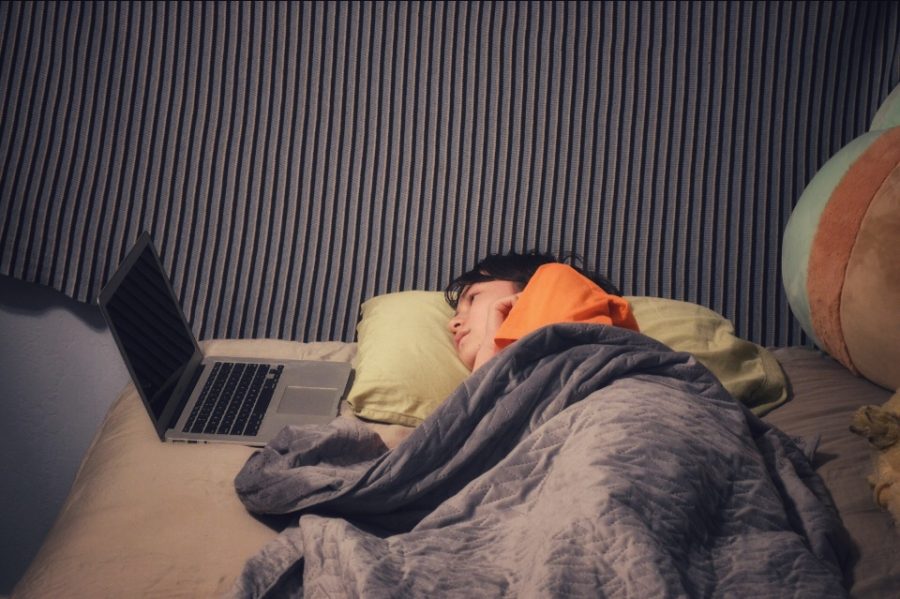Interim Superintendent Crystal Leach hosted a Superintendent Office Hours on Thursday, February 25, in which she answered questions regarding Sequoia Union’s plans for reopening schools on April 5.
The meeting included an overview of the plans to initiate the concurrent learning model, also known as “Roomers and Zoomers.” With this plan, up to 25% of students may be in the classroom with their teacher while the rest of the students continue learning at home.
“Depending on the number of students that wish to come back, students would come back to their classroom in a limited amount to be six feet apart and be with their teacher a number of days per week,” Leach said. “The rest of the class would be at home, via Zoom. So, when you are in class, you still are zooming on your device, but your teacher is present, and there is some interaction. It’s not all through the device.”
However, the decision to come back is entirely up to the students and their families. Some students may choose to remain in distance learning as there are risks associated with this transition.
“I don’t think I will be returning to school because it’s kind of like an unnecessary risk, and it also seems pointless because we’re just going to be on computers anyway,” said Francesca Brocchieri, a sophomore.
Students who wish to partake in the concurrent learning model will retain their current teachers, and the current bell schedule will stay the same with Wednesdays as asynchronous learning days.
The district’s Reopening Readiness Dashboard provides a list of the requirements needed to be met before reopening.

Many of the district’s plans for this return are dependent on vaccine distribution among teachers.
“We have partnered with both the San Mateo County Office of Health and the San Mateo County Health Department to provide vaccinations for all of our staff,” Leach said.
In addition to helping provide vaccines for teachers, the district ensures safety by adapting classrooms and establishing strict rules. They aim to adhere to guidelines set in place by the Centers for Disease Control and Prevention (CDC) and the state.
“With this virus being primarily transmitted through the air, it just really raises the bar for the importance of ventilation,” Leach said. “We performed an audit with a mechanical engineer. We designed systems and did measurements so that we would be able to provide the proper fresh air exchanges that are required to meet the recommended standards. In addition to that, we had to buy some portable air purifiers. Any classroom we are using will meet the ventilation standards of American Society of Heating, Refrigerating and Air-Conditioning Engineers (ASHRAE) and CDC guidelines.”
Many of these improvements were paid for by state and federal funding. The district received $8.5 million to deal with the COVID-19 crisis. This money has been used not only for updating classroom ventilation but also for Personal Protective Equipment (PPE), new Chromebooks, and hotspots.
“We purchased a lot of electrostatic sprayers as a way to disinfect large areas rapidly,” Leach said.
Additionally, students and teachers will be expected to remain six feet apart and wear a mask. There will be staff and volunteers on campus to ensure students maintain social distancing during lunch and passing periods.
While COVID-19 safety regulations have been set in place, there are still some gaps and unanswered questions regarding this learning method’s structure.
“I have a lot of questions about the return to in-person learning that I hope to get answered,” said Abby Kizner, a sophomore. “For example, what will students do if they have a period missing in the middle of the day?”
Questions like this are still left unanswered, but the district continues to work out these specific details. There will be more COVID-19 Superintendent Office Hours held weekly with updates and information on the transition.
The general plan for this model is for there to be four groups of students. Each group would go to in-person school twice a week every two weeks. The district has not yet decided how students will be split up, but the goal is to have even groups to maximize students’ opportunity to return to school.
Regarding sports, competitions outside of the county won’t happen this school year, but there are still practices. A small game schedule for within counties where spectators are limited has also been established.
Music classes like band and choir will make safety modifications to gather in person as well.
Overall, this transition presents many challenges to overcome and excitement around the possibility of re-entering social environments.
“At this point, the pros of returning to in-person learning far outweigh the cons for me,” Kizner said.


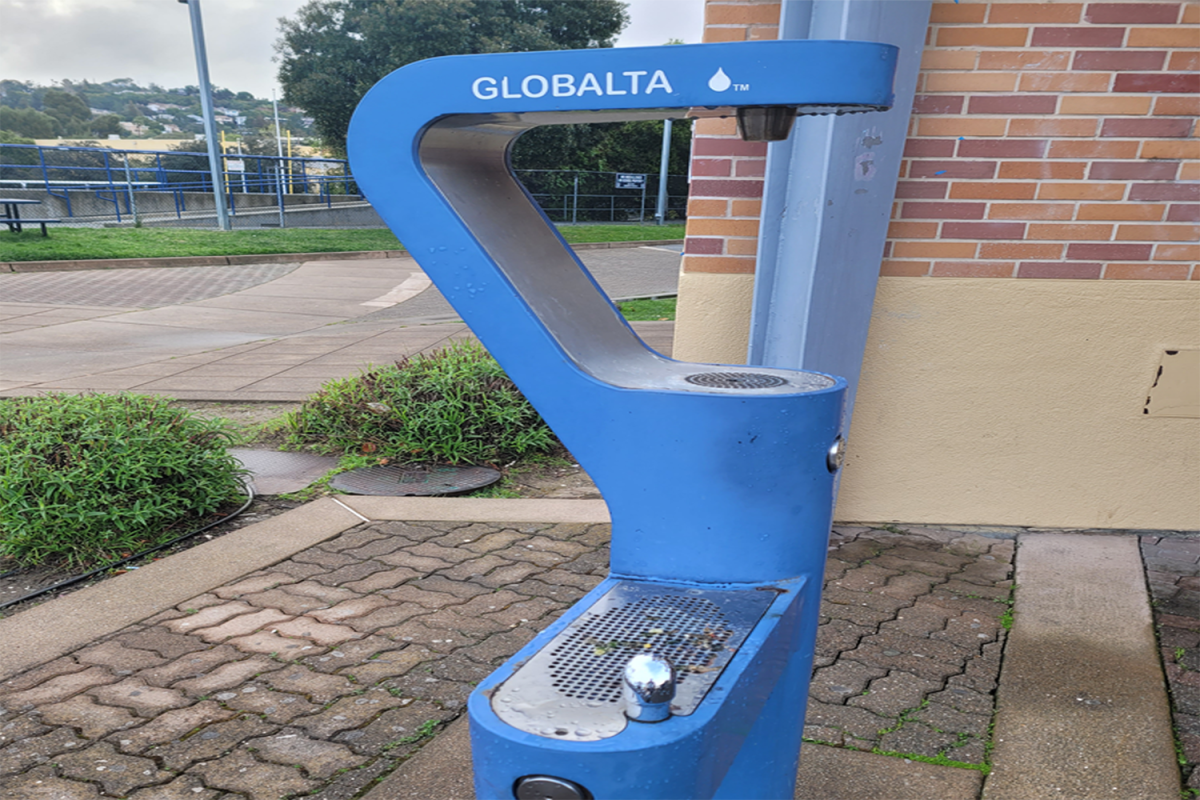



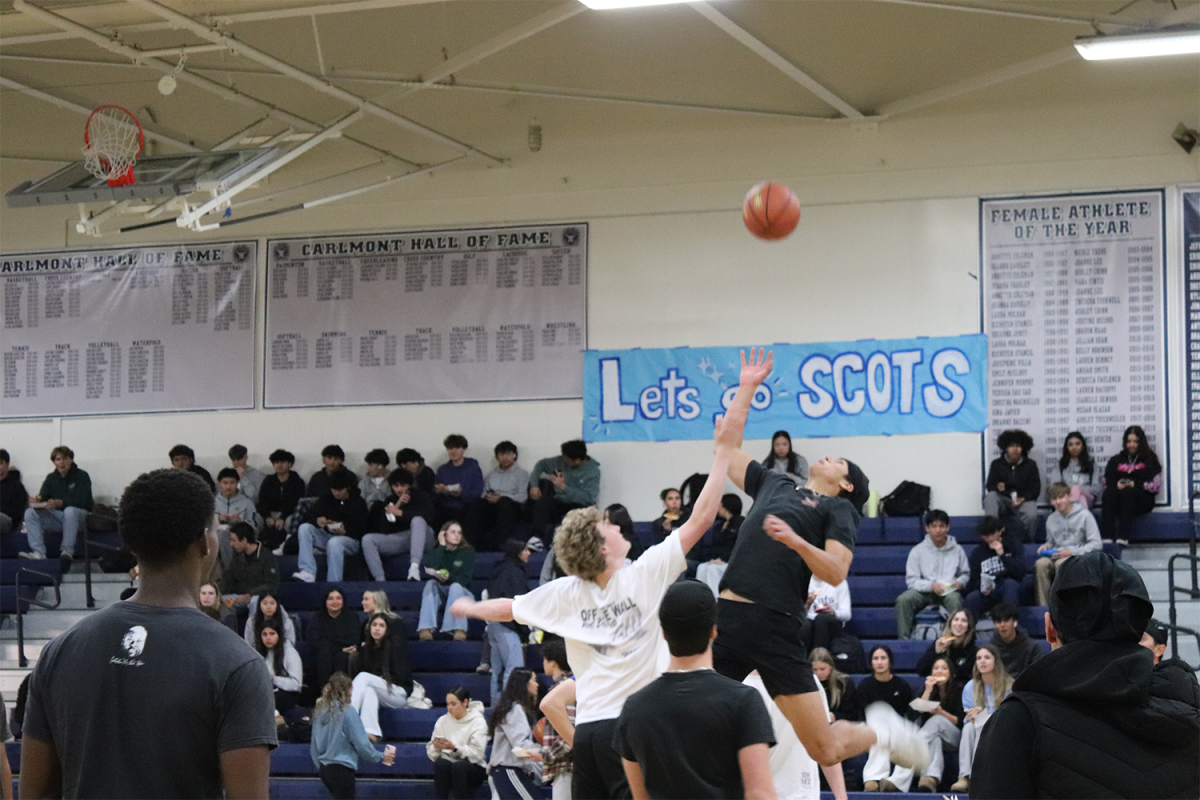



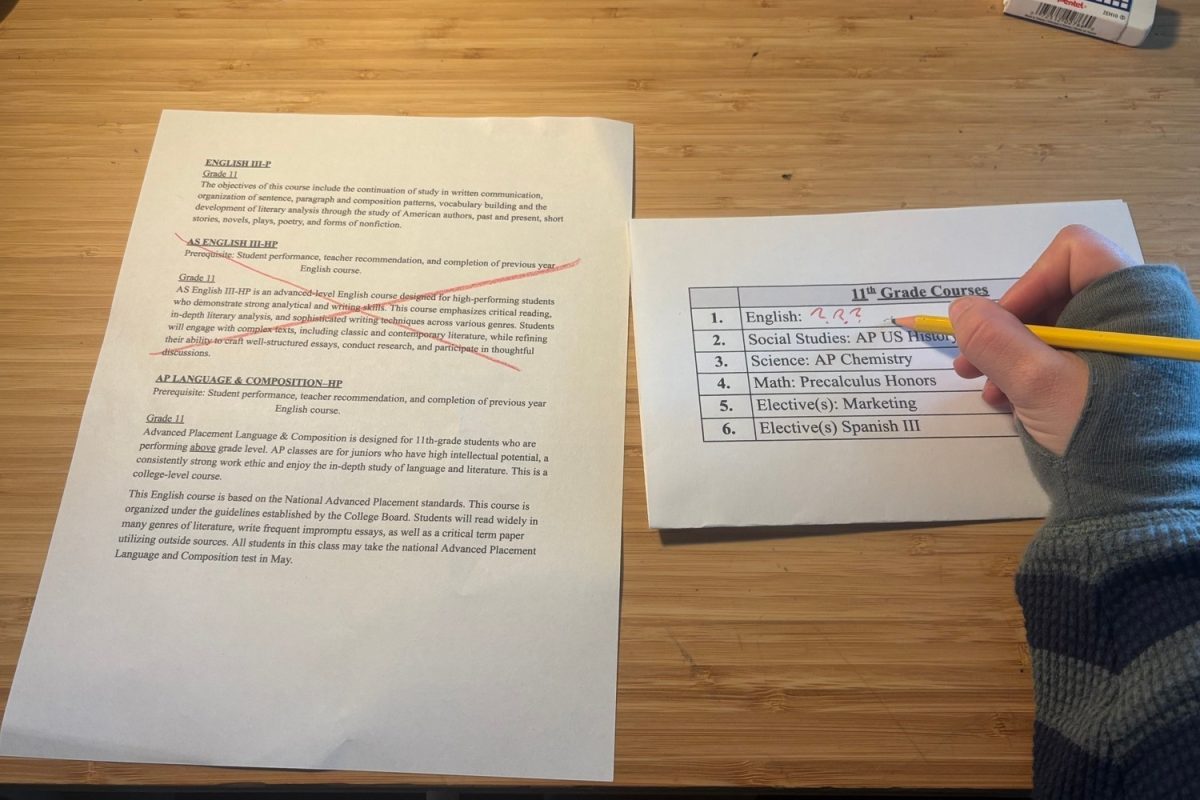



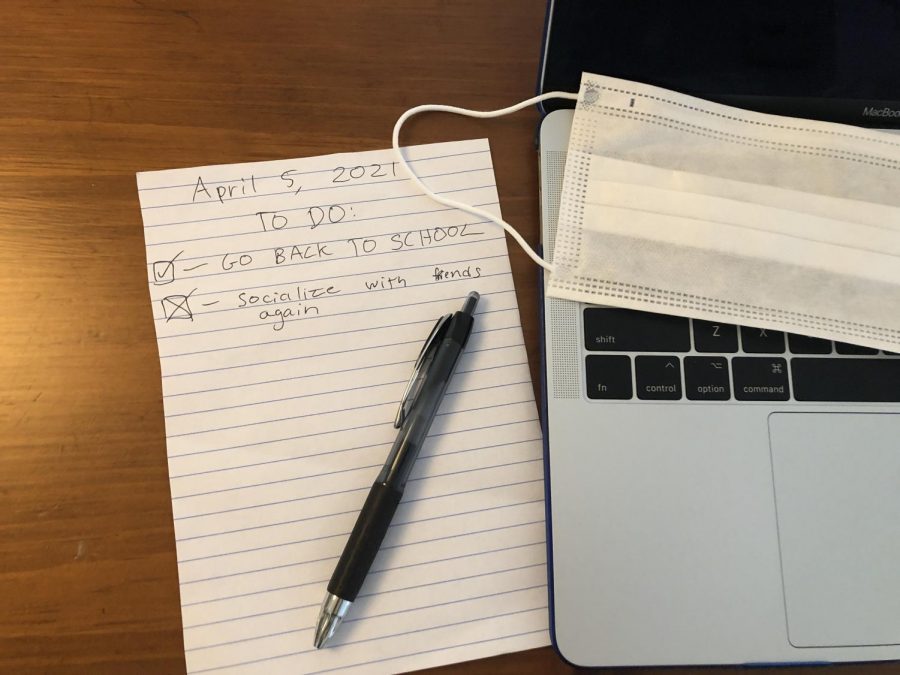


![One of the slides presented at the seminar shows how specific hallways will be designated as one-way or 2-way hallways. "In most cases, the one-way or one-directional hallway [is used] to minimize the crossing of students, but there are some hallways that are going to be two way," said Greg Patner, the administrative vice principal. "You can see some of those arrows are two-way arrows like near the football field, and then there's some that are one-way arrows to help students to navigate successfully around campus."](https://scotscoop.com/wp-content/uploads/2021/03/Screenshot-2021-03-17-4.14.19-PM-900x506.png)
